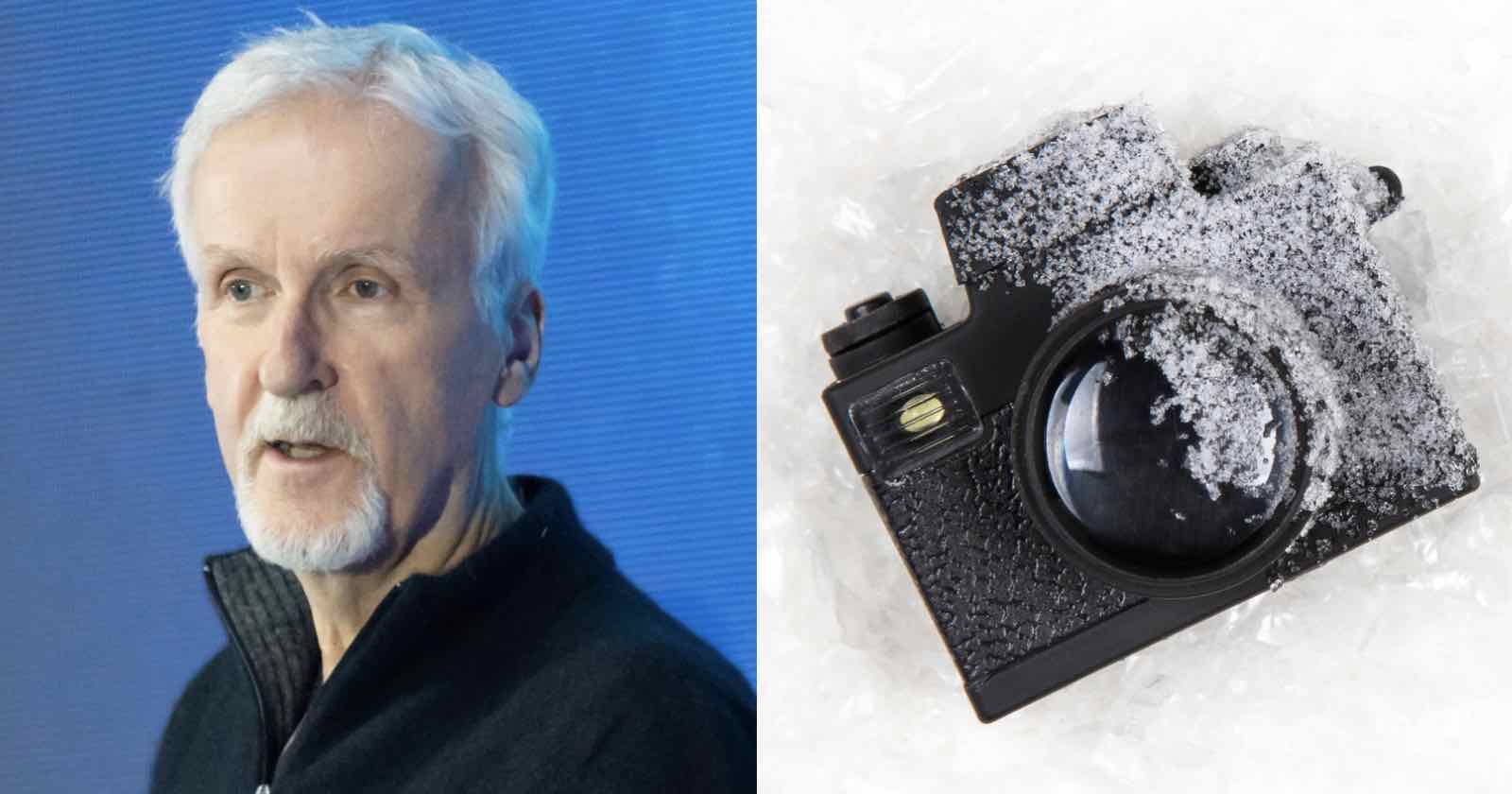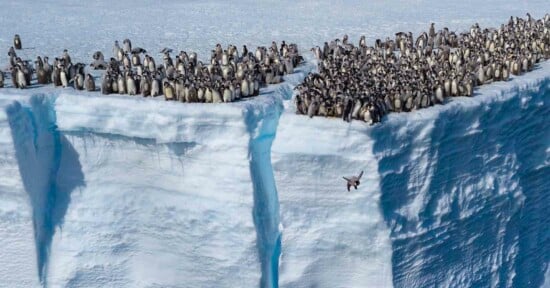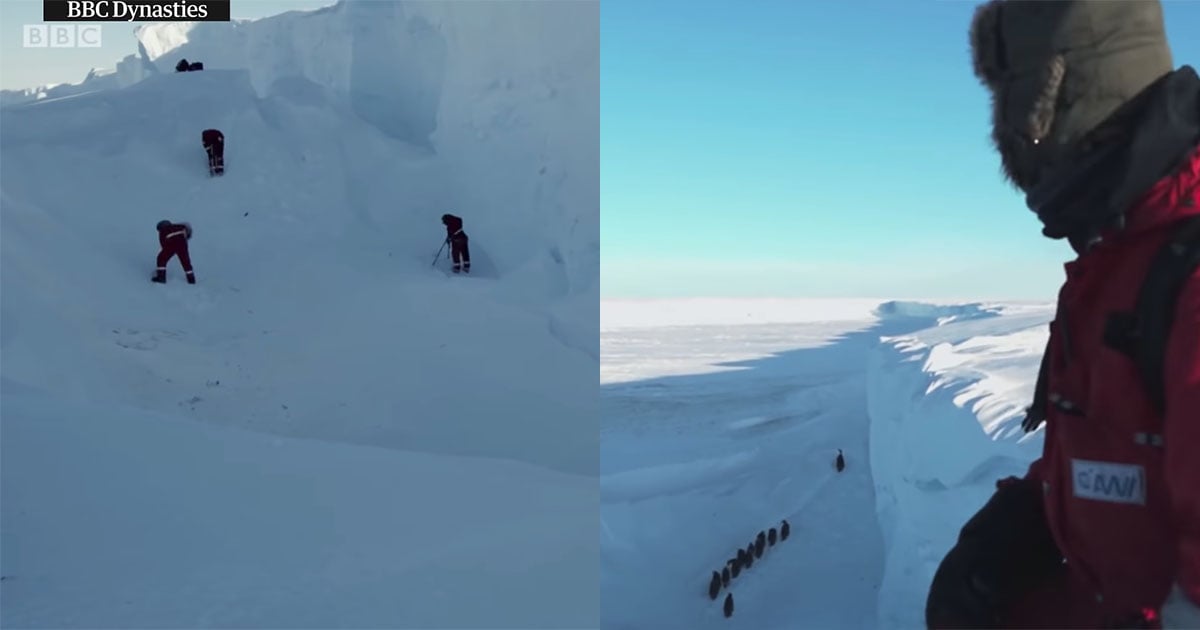James Cameron Says His Camera Film ‘Shattered’ in the Freezing South Pole

Filmmaker James Cameron revealed how his camera froze up and the film “shattered” as he tried to change it in the freezing temperatures of the South Pole.
The legendary Titanic director served as an executive producer on National Geographic’s three-part documentary Secrets of the Penguins, which premiered on Sunday.
For Secrets of the Penguins, a three-person film crew spent 274 days documenting a 20,000-strong Emperor penguin colony. They captured unprecedented footage of a mated pair of emperor penguins moving an egg-sized chunk of ice to rehearse for the real act of parenthood — as well as penguins using their beaks to climb out of a crevice.
The documentary will also feature first-of-its-kind drone footage of the moment hundreds of emperor penguin chicks jump off the Ekstrom Ice Shelf, a 50-foot cliff in Antarctica.
Cameron’s Experience With Cameras in Antarctica
While Cameron edited hundreds of hours of footage for Secrets of the Penguins, he didn’t have to brave the brutal subzero conditions on location.
However, in an interview with Popular Science, Cameron revealed that he once took a trip to the South Pole and knows firsthand how tough filming in extreme cold can be. He says the film disintegrated in his Nikon camera in the freezing Antarctic conditions.
“When I went to Antarctica myself, I had a Nikon still camera adapted to the cold with special lubricants,” he tells Popular Science. “I went to the South Pole and the film shattered in my hand when I tried to change it. The camera froze up.”
“I took a video camera, I wrapped it in a heating pack and it [died] in two minutes,” he continues. “I have a good sense of what it takes to take conventional equipment into that environment and survive.”
Cameron tells Popular Science that the crew behind Secrets of the Penguins were more prepared and had specially adapted drone technology to film the documentary series.
“Just getting systems adapted to the cold and the heat in the tropics [required] cutting-edge drone technology,” he says. “They used the DJI drones which are very, very good for this type of thing. GoPro, Osmo, Canon — I mean, you name it.”
The Secrets of the Penguins crew also required custom rigs designed so they could get up close to film the penguin colonies — as well as special lowlight cameras to handle the Antarctic’s unusual sunlight conditions.
“A lot of stuff for that liminal environment when the sun is just skirting along the horizon and eventually just goes. You’re in kind of a constant twilight for a couple weeks,” Cameron tells the publication.
National Geographic’s Secrets of the Penguins is available to watch on Disney+ and Hulu as of April 21.
Image credits: Header photo (left) by Dick Thomas Johnson/ Wikimedia Commons, CC BY 2.0 and header photo (right) licensed via Depositphotos.



